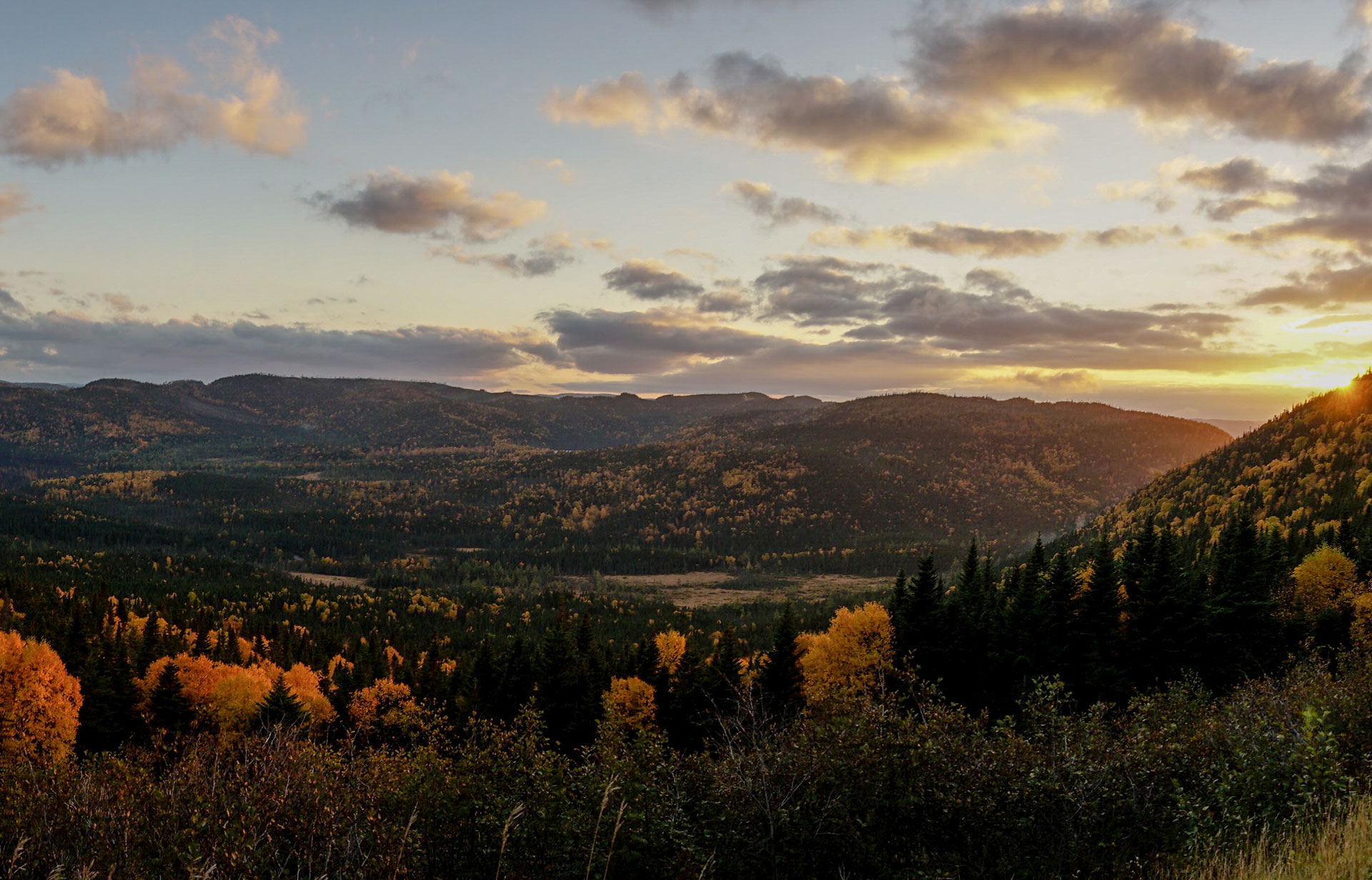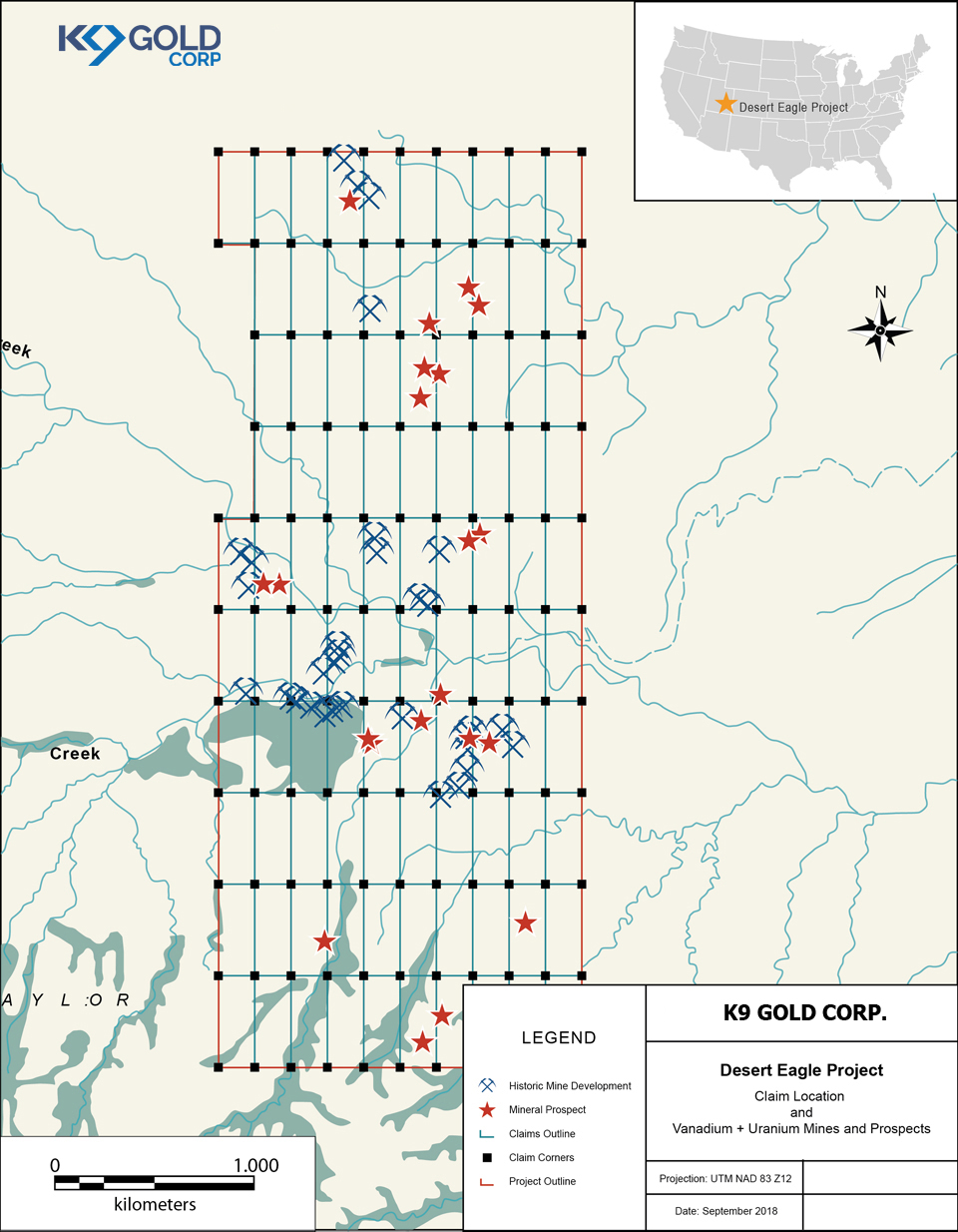The area has seen extensive historic vanadium and uranium mining and is close to Anfield Energy Inc’s Shootaring Canyon mill.
The Desert Eagle Project is located in Garfield County, Utah and comprises 97 lode mining claims for a total of 2,004 acres (811 ha). The project is host to historic Vanadium and Uranium production beginning in the early 1900’s and continued erratically and intermittently. The project is located in the Trachyte Mining District situated to the east of the Henry Mountains, 95 miles south of Green River, Utah. Until recently practically all production from the Henry Mountains area came from the Trachyte Mining District.
Vanadium and Uranium mineralization on the Desert Eagle Project is confined to the Salt Wash member of the Jurassic Morrison formation. Historic development occurs across the entire project area with 31 historic mine adits and 21 prospect and prospect pits.
Primary vanadium mineralization occurs as carnotite-vanoxite type, with V:U ratios in excess of 5:1. Secondary copper mineralization occurs in some occurrences as bornite. Generally the mineralization is concentrated in carbonaceous material in sedimentary layers; however the mineralization also extends beyond this material and can occur in the surrounding sandstones. Depths to the mineralized zones varies from surface exposure to a maximum estimated depth of 180 ft. Overburden at a few of the surface operations consists of thin layers of windblown sand.
Weighted averages of seven channel samples (approx. 1.5 meters each) mainly from underground workings were 1.307% V2O5, and 0.245 U3O8.



